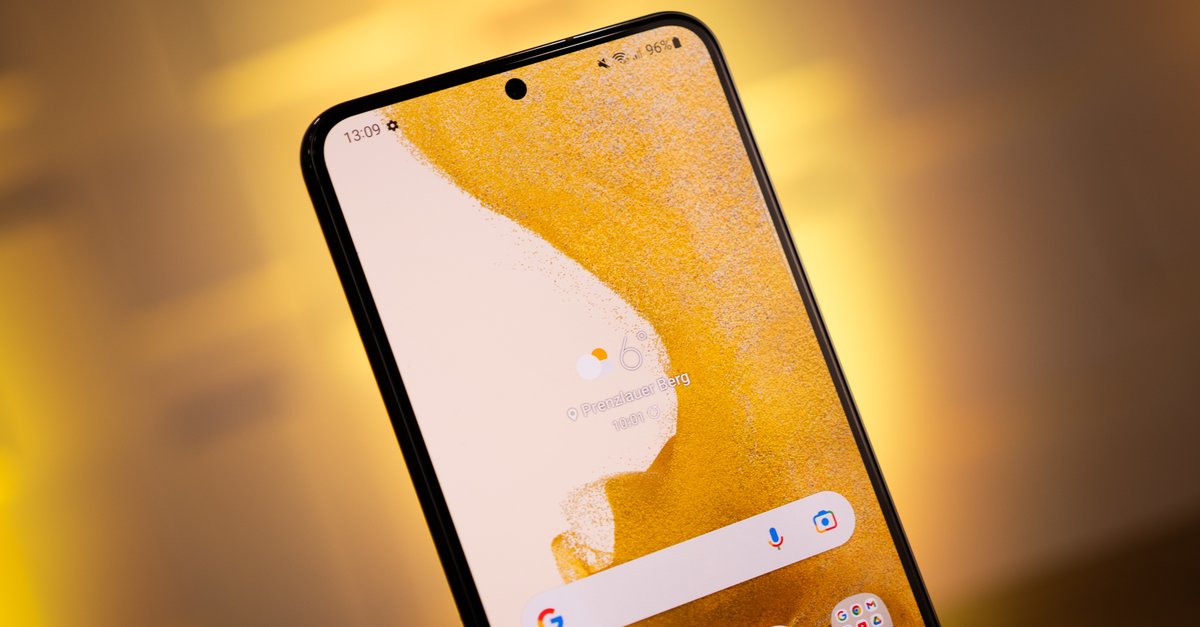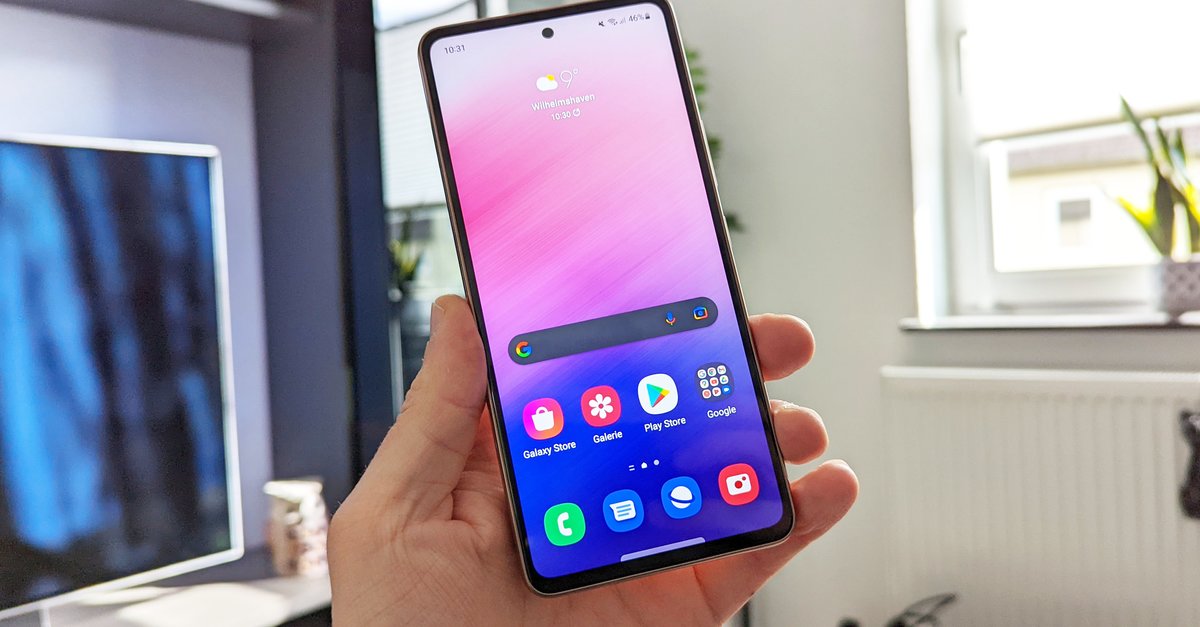Elgato Facecam in the test – the right webcam for streamers?
Contents
Elgato Facecam – Design
I would argue that the optical design of a webcam is generally not particularly important, but rather the functional design, but I always enjoy it when a product also looks good. The Elgato Facecam looks good in its own way, but on the whole it is quite inconspicuous in the finished setup, which is why I preferred to take the beauty photos in the garden. However, it is larger than average, which is sometimes due to the very large sensor. The size also helps to ensure a reasonable cooling. Despite its size, it is super light because the Elgato Facecam is made entirely of plastic on the outside.
I particularly like the sensor cover on the Elgato Facecam. This is something that I miss with the Logitech Streamcam, for example. One reason why I reposition the camera for every meeting and turn it away from myself after every meeting or stream. I don’t have to because I can simply cover the sensor. A small advantage I think is that the Elgato Facecam doesn’t have a microphone either. In addition to the point of security for one or the other, this also makes sense insofar as every professional user, streamer etc. usually uses a much better external microphone or headphones anyway. For example, I have 13 professional microphones at home, but I’m an exception. The normal consumer, student or home office newcomer will still use the internal microphone for the sake of simplicity, but of course that is not the target group of Elgato and the Elgato Facecam. Therefore only a note without deduction of points.
At the back we have a USB 3.0 port in USB Type C format. On the one hand, I think it’s great that USB-C is used here and that with 3.0 for faster data transfer. I also love that the cable is detachable and not fixed, which makes installation much easier in some setups. What I like less is that the other end is a USB type A connector. Or you can do that, but it would be nice to include a suitable USB Type C adapter. My laptop only has USB-C, my PC has both, but other important devices are connected to USB-A, so only USB-C is free. It was a problem because in the device manager the device is recognized as “Please connect to USB 3.0” and accordingly does not work on 2-port interfaces. My USB-C adapters were also not recognized, which is why I had to buy some specifically. I will explain again why that is.
Below we have the bracket for the display. So you can even place it on fairly wide monitors. This allows the camera to be rotated and tilted forwards and backwards. Unfortunately, however, not on the side, which can sometimes be helpful for correction, but is usually not absolutely necessary. Otherwise, you can remove the bracket and screw a ball head onto the thread, or the Elgato Facecam directly onto a tripod. This gives you many options for placement. For example, I like to screw my cameras to my ring light.
Elgato Facecam software and camera
The software is supposed to bring the real added value to the Elgato Facecam. This is usually really good at Elgato and often offers what you want from other manufacturers. It’s no different here with the Elgato Camera Hub. What is particularly great here is that you can set a lot manually. Contrast, saturation, sharpness, shutter speed, ISO, color temperature, etc. I would wish for a better color correction, but even so it is a lot more than you can set on (almost) any other webcam. The settings made can be saved directly on the device so that you can switch to other devices and setups without having to set up the software again. All of this is great in that the software outputs uncompressed up to 1080p, 60 FPS for maximum quality and post-processing options. This is why the camera only works via USB 3.0. Unfortunately also at lower FPS or resolutions, which is the case with other cameras. Unfortunately, USB 2.0 doesn’t work here at all. I have already tried this with several devices.
However, everything I wrote in the last paragraph is only good in theory. Because for the whole thing to show its full effect, the camera has to be good for it. Unfortunately, the built-in Sony sensor does not meet my expectations. I’m a big Elgato fan and actively use a lot of products every day, but the camera couldn’t quite convince me. Why this is so and what expectations I had, I will tell you at the end of this section.
To make it clear what I mean, I connected both the Logitech Streamcam and the Elgato Facecam next to each other and took screenshots. Based on this, I explain where there is room for improvement.
Left Logitech Streamcam – Right Elgato Facecam
Both on automatic settings, ring light on
In the two images above, the ring light is active and both cameras are set to automatic. The Logitech Streamcam reproduces natural colors, shows good details and comes with a slight bokeh effect towards the rear, which automatically creates a better quality impression. The Elgato Facecam tends to overexpose in every scenario. Details are lost and colors are not entirely accurate. As you can see especially in the picture below.
Left Logitech Streamcam – Right Elgato Facecam
Logitech on auto, Elgato manually adjusted as best as possible, ring light on
I haven’t changed anything here at Logitech. With the Elgato Facecam, as recommended or provided, everything was adjusted manually as well as possible. In principle, the image of the facecam is not bad, but it is really difficult or not entirely possible to set the correct colors without an additional color correction feature. The colors tend to be yellowish and unfortunately setting the white balance or the color temperature is not enough to set it correctly here. Even if I go down by 100, so to speak a step down, the picture makes a clear change from yellowish to bluish. That has nothing to do with the right color. Of course, you could correct the image a bit via Premiere Pro or OBS filter, but you don’t really want to. You can also see here that if you get a little too close, details are lost.
You can see it a little better in the digitally zoomed state. I can’t get any closer to the real colors.
The Elgato Facecam comes with a fixed focus to cover a larger area without losing focus. In my opinion, however, a classic autofocus would have been the better choice, because you can’t get too close to the camera without the image becoming blurred. The camera is also a little unsure because there is no face in the picture and increases the exposure very much. In the picture above with Mario in manual mode, it doesn’t look any better, but I wanted to show what the automatic mode does with it. If you want to show something up close, the Elgato Facecam is a little unsuitable as a second camera, for example. Due to the larger viewing angle, more fits into the picture, but you shouldn’t get too close to the sensor. With the Logitech, the sensor can practically record macro videos if you adjust the focus. Ryu’s torso is 3.2 cm high. At the same time, we have a nice bokeh effect to the rear, which does not come from digital, but from the sensor.
Ring light on, room dark
Both on automatic
Ring light off, room dark
Finally, I’ll show you again what it looks like in the dark. Both devices do well with reasonable lighting. The Elgato Facecam records a little fewer details and the aforementioned color differences are recognizable. The Elgato Facecam is only ahead in the dark without lighting. This is because the sensor is also used in security cameras.
Elgato Facecam – Expected too much?
Why do I show all of this or do I compare here? With the Elgato Facecam I was expecting a product that would finally bring momentum to the webcam market. Because not much has happened here in ages and Elgato is the quality brandwhen it comes to streaming products. The Elgato Facecam costs around 199 euros. You can now get smartphones for this price that can not only record significantly better videos, but also 1000 other things. Accordingly, one expects more from a product that only one thing can do (and therefore even forego a microphone), of course. The Logitech Streamcam, on the other hand, currently only costs 99 euros. The former works like a classic webcam with more setting options, the latter like a webcam with optical DSLR or system camera properties. This raises the question of whether the facecam is as accurate as the streamcam is, since it does not bring any special bonus in the Elgato ecosystem either. The fact that there are more setting options is not entirely true either, because almost exactly the same settings can also be set on the Logitech: white balance, color temperature, contrast, brightness, sharpness and more. However, I never had to switch to manual.
As already mentioned, I love Elgato products and could equip my entire house with them. With the Elgato Facecam I am unfortunately not that happy with it and despite the great anticipation. One reason why I waited a few more updates with the test, as camera quality has a lot to do with software. We have known this for many years from manufacturers such as Google with the Google Pixel, Huawei or Honor, who have turned bad or outdated sensors into camera kings with software.
Accordingly, I have high hopes that a major update will come here at some point, which will improve the automatic mode, but also offer further options to adjust the colors sensibly. Because it is a promising product, but so far only above average in view of the rest of the market, regardless of price. Otherwise, I have all my hopes for an Elgato Facecam 2. Of course, I could put a 5 year old Sony DSC-WX500 compact camera or something similar over the monitor, but ideally you don’t really want that.
One last important note: Check out other reviews too. But pay attention to whether the camera suddenly changes focus, which it shouldn’t, or has a depth of field effect, which it shouldn’t. Also make sure that when it is said: camera XYZ is worse, less accurate etc. what was said specifically about this product in an earlier review and what the picture looked like at the time. 80% of the time you will notice a pattern. For example, the XYZ camera, which was previously as color-accurate as the Sony, but now suddenly shows everything in yellow … This applies not only here, but for all possible product reviews.
Elgato Facecam – Price and Availability
The Elgato Facecam is already available online almost everywhere and costs 199 euros. Is it worth the price? Difficult. 149 or better 99 euros would have been more competitive in terms of price and at least for normal users I would rather recommend other alternatives.

















